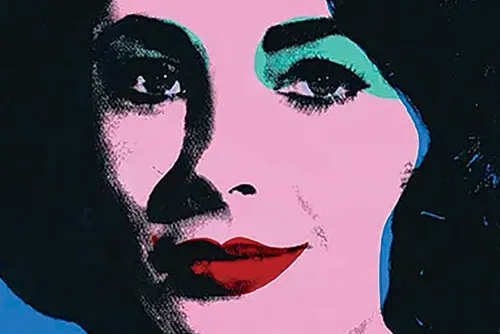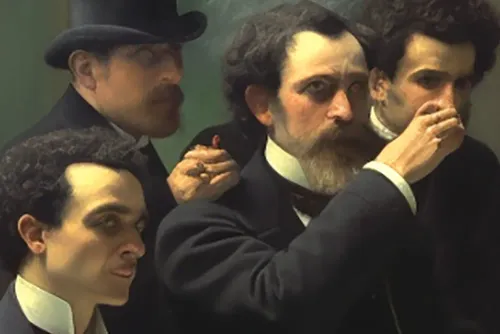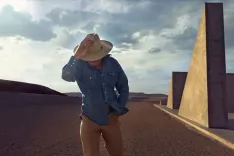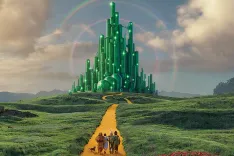A Noble Hunt
Inside Humboldt Seed Company’s great 2025 cannabis phenotype hunt across Northern California.
Written By: DAVID DOWNS Photography By: CHRIS ROMAINE

It’s a stifling 100 degrees at Wild Leaf Farm’s 3,000-plant grow in Grass Valley, CA—and I feel like I'm going to die.
I’m tucked under a huge straw sunhat in the shade of a 10-foot-tall hedgerow of weed, chugging cold bottles of water, and sweat soaks my face and back.
Camouflaged rattlesnakes lurk in the shade.
Mountain lions doze in these foothills.
Thick storm clouds threaten lightning. The dry country can explode into wildfire with a strike. And the wrath of God builds up inside the strike-slip faults beneath our feet. Yet I have a job to do: help find the next, multimillion dollar weed variety for one of the world’s leading breeders, Humboldt Seed Co.
They’ve invited me along and drafted me into their 300-mile, week-long annual hunt across Northern California. So even though it feels like I’m filling out paperwork on the surface of the sun, I pull on a black latex glove, open my notebook, and step back into the skin-searing sun rays—smelling for the most rowdy dank.
A HUNT WORTHY OF LEGENDS
The bedrock of America’s $60 billion annual weed industry is its new strains—the different and constantly improving varietals. There are already over 10,000. Spotting a ‘keeper’ can be a ticket to riches. Resting on last year’s winner—a ticket to oblivion.
The 23-year-old Humboldt Seed Co ranks as weed royalty, with about eighty strains for sale in seed form all across the world in stores and online. Each year, the company’s leaders and staff hunt through thousands more variations to add just one or two more to their trophy room of keepers.
Think of the hunt like a medieval-style royal chase for new flavors. Hunting was the top hobby of the aristocracy during the Middle Ages, and a way to flex your royal credentials.
Now in its seventh year, the Humboldt Seed Co hunt has yielded such mythic beasts as the award-winning Blueberry Muffin, and its more recent offspring, Blueberry Pancake.
The hunt is a dream trip for weed fans and insiders, covering six farms across three counties, from the top of the state in Humboldt County, along the coastal range into Mendocino County, then dashing east across the northern Central Valley and up into Gold Country.
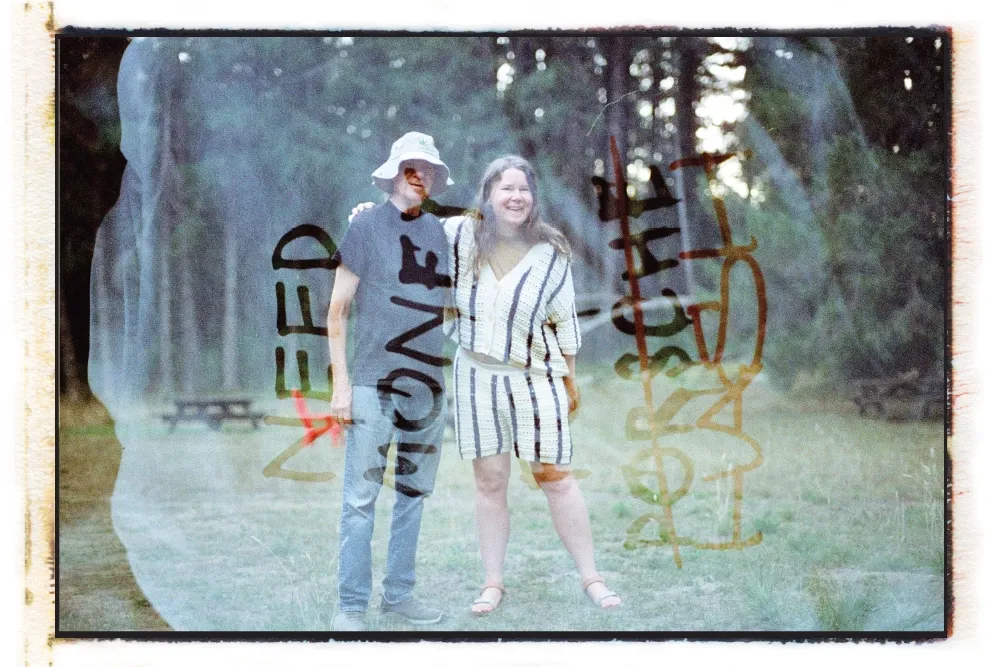
At its peak, seventy staff, guests, writers, DJs, artists, and cooks crowded the Casa Flor farm in Mendocino. The tie-dye, dreadlocks, smoking, and the accents of German, Czech, and Spanish lent a Renaissance fair vibe to the week.
It’s a moveable feast with catered stops that include charcuterie, coolers full of beer, Hawaiian pulled pork, braised beef ribs, seasoned steaks, and magic mushrooms.
And it was all soundtracked with the weed rap of Mendo Dope, chill reggae from Bob Marley, glitchy dubstep, and actual freaking troubadours like Brett McFarland belting out outlaw ballads.
THERE’S GOLD IN THESE HILLS
Tectonic forces built California for quests like this. The Chinese dubbed the state “Gold Mountain” during the biggest Gold Rush in 1849, but the booms and busts never stopped.
The gold ore that fueled the state’s birth came from magma currents in the mantle forcing the Farallon plate under the North American plate 100 million years ago. The ocean bottom melted into Sierra granite and minerals boiled out into distinct layers. Then the North American plate thrust the landscape skyward like a beach deck chair 10 million years ago, and it’s still climbing to this day. Rivers and glaciers sluiced out the steep valleys, exposing the gold beds. The rising land created “trichome belts”—bands of elevation perfect for growing the world’s best cannabis.
These ancient trends continue. A 4.1 earthquake under Berkeley, CA, shook us awake the Monday morning of the hunt. California is slowly pulling away from the rest of America at the rate of about three centimeters per year along the San Andreas Fault. That fault helped fold up the mountains of rugged and remote Mendocino and Humboldt Counties. The inaccessible terrain attracted the ungovernable, and among them, weed growers in the ‘60s.
And those hippies exported Cali’s intoxicating flavors of liberalism and dope to the world.
The hunt is a dream trip for weed fans and insiders, covering six farms across three counties…
A COUNTERCULTURE HAVEN
I linked up with the hunt mid-week at The National Hotel in the gold rush town of Nevada City, CA—which looks like the wooden set of a classic western. The hotel was built in 1856 and is purportedly haunted. A vampiric receptionist in white makeup and graphite eyebrows took the info of the hunt’s director, Ben Lind, and media wrangler, Jaana Prall.
Ben is tall, Nordic, and tatted, with an easy smile, and a handheld, electronic hash pipe—a Puffco Peak e-rig—tucked into his cargo shorts pocket. Jaana wore a wide black sunhat, low, flared denim, and pushed a huge heavy silver suitcase.
“I probably shouldn’t have joined that side mission to the dive bar at 2 a.m. last night,” Jaana sighed.
Lind held an impromptu media reception at the Crazy Horse bar nearby, and recommended an order of the pulled pork tater-tot nachos—“tachos.” He explained how Nevada City has become a psychedelic counterculture haven on the path to and from Burning Man.
“You’ll see slushed out people in the streets after the Burn, trying to put their brains back in,” he said.
The town’s weekend events included a regenerative soil camp-out and “Dead to the Core”—a Grateful Dead-affiliated, large-format, tie-dye art show.

PANNING FOR MODERN GOLD
The formal gold rush in Nevada City ended when lawmakers banned hydraulic mining—wherein 49ers blasted away entire riverbanks with high pressure water to flush out the gold ore. It was an environmental calamity. A more tame homage to hydraulic mining went down at Lind’s house the next day outside of town.
Amidst a feast of cold cut sandwiches and a grilled steak and chicken dinner, we used water, sluicing, and pressure to hunt for our gold, just without the eco-carnage. The air was full of happy smoke from thick joints of OG Kush, and the bakery smell of blueberry pancakes steam-distilled off freshly cut buds.
A main part of the hunt occurred that day in an air-conditioned shipping container on a hill above Lind’s house. Head of Research and Development ‘Case’ worked in the freezing cold metal container, washing, filtering, freezing, and pressing the resin from buds of Moon Fog #2 and Moon Fog #3; two sisters of last year’s winning hunt strain.
Case manned a table-top-sized washing machine filled with ice water and soaked buds. He turned a spigot and emptied foaming, muddy-looking water into a large trash can lined with a series of fine, mesh bags. He pulled the bags up one by one from the water, sieving the resin, and a fine, white-gold clay collected in the mesh bag’s bottom.
This is the coveted hash that powers half of the cannabis industry, as opposed to the raw flower buds of yesteryear. Hash goes into edibles, dabs, vape pens, contest jars, and more. This year, Humboldt Seed Co was looking for more than just the best flower. For the first time, they were searching for the top hash strain. Case spooned the wet hash onto a tray. Next he would freeze it, then freeze-dry it at negative 3,000 pounds per square inch, then heat-press the small frozen hash patties at 160ºF and 300 pounds per square inch to yield “live rosin”—liquid gold that’ll rocket you to the moon.
The end goal: find which Moon Fog sister yielded the most hash that also tasted and looked the nicest. Eureka—that’s how you make a fortune in 2025.
Outside in the garden, Ben explained that the winning Moon Fog would be selected and refined over generations of breeding. He pointed to some squat, pink Hella Jelly plants engineered to flower faster and easier. “That’s five years of breeding work,” he said.
Ben’s sunglasses glowed a pure azure, and he sounded like the Bene Gesserit nuns from Dune.
“Your plans span generations,” I said.
“Exactly,” he smiled.

A WITCHY RITUAL
The second important part of the hunt occurred that day as well.
Lind took visitors out to a flat section of the property arrayed with long, white hoop tents. Green hedges of ripe weed flowered between the tents.
Humboldt Seed Co workers Conor and Drake waded into the sticky thicket and cut ripe buds from plants that had a green ribbon on them. The squires packed 40 numbered jars, walked them back to the house, and weighed each jar so each had exactly 14 grams of sample bud. Then Lind filled each jar to the brim with ice and water and sealed them. Huntsmen dressing the kill.
What unfurled next was a witchy ritual the troupe repeated across the state that week. A dozen hunters gathered. Lind handed each person two, sealed ice jars. A DJ cued a crunchy dubstep beat and everyone started shaking their jars like an Italian tarantella.
We held our jars up to the sky and shook them. We held them close to our bodies and twitched. Then it was time for the grilled steak and chicken dinner.
After dark, lightning flashed, thunder rumbled, and Ben and I returned to scout the sediment at the bottom of each ice jar. There they were—the trichomes—the psychoactive, external plant glands of cannabis. A kaleidoscope of different flavors and highs. We used our cellphone flashlights to figure out which five of the 40 samples of the strain Limez dumped the most resin. Golden ribbons of euphoric, fine, blond sand trickled down the inside of the jars in the glow of our flashlights.
“That’s what we’re looking for right there,” Ben said.
The team would shake somewhere between 500 and 1,000 jars this year, looking for a handful of keepers.
We held our jars up to the sky and shook them. We held them close to our bodies and twitched.
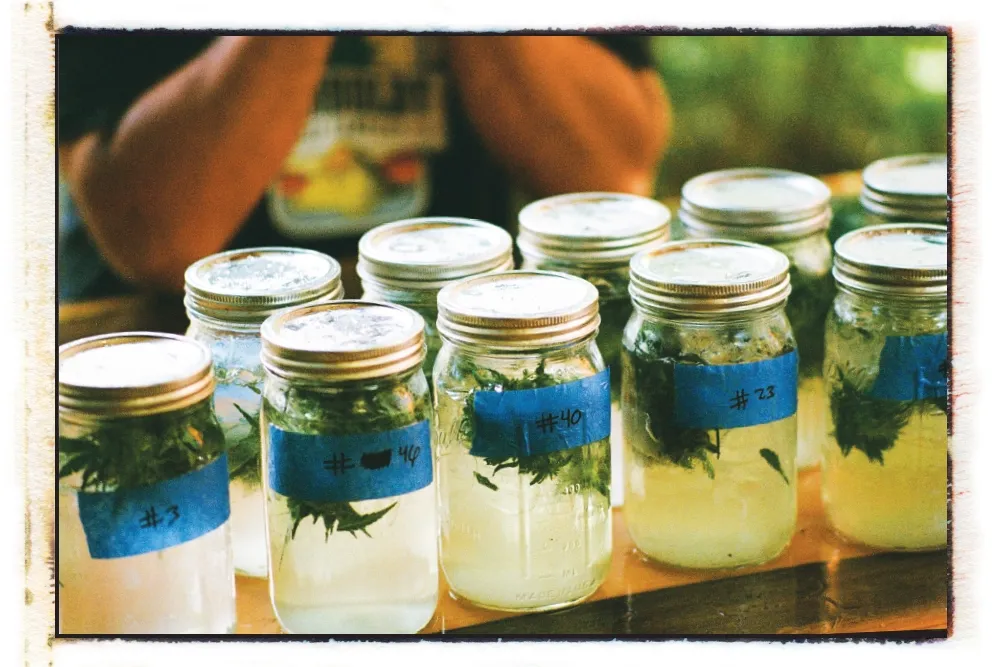
FINDING THE KEEPERS AT WILD LEAF
The next morning as the temperature soared, the hunt formed up at a Penn Valley, CA Holiday Market parking lot.
The Renaissance fair vibes were high. The Czechs re-lit stubby roaches in their van. We loaded up on ice, beer, and La Croix, and I bought the biggest straw sun hat in the store.
Nat Pennington, the owner of Humboldt Seed Co—the duke of the hunt himself—smiled and posed for photos with gifts from supplicants. Locals gawked at the weekday morning scene.
“Ready?” Lind asked the group. Folks nodded, and coughed out a bong load. “Cool.”
He pulled out in his black Toyota 4Runner, and the caravan followed. Led Zeppelin’s “Over the Hills and Far Away” rocked out on 98.5 KRXQ ‘all rock, all the time.’
The best time to look and smell a bunch of pot plants was technically at dawn or dusk when their aromas were rowdiest. But with 11 cars full of media and guests, logistics dictated a midday stunt hunt.
We parked and took a hayride past 12-foot-tall pot trees wider than Volkswagen Beetles, and down toward a riverbed where 5,000 plants soaked up the sun. Down there, 1,200 plants were part of Humboldt Seed Co’s pheno hunt this year. Wild Leaf is where they found the Moon Fog last year, and we were back today looking for an especially stinky Sour Diesel, and the most sweet, candy-smelling cross of Blueberry Pancakes crossed to Dippin’ Stick we could find.
Down in the lower forest of weed, a large thermometer laid dead in the dirt reading well over 100. We did ‘fresh press’ dabs of Blueberry Pancake x Dippin Stick samples, right out of the hash press. But in this heat, getting high wasn’t fun. The Puffcos blinked a cryptic light code and died. When I tasted the blueberry and honey-sweet vapor, it got even brighter, hotter, and you could hear every single sound. The rustle of lizards reminded me that rattlers are everywhere. It was too hot to think, or strategize—only pure perception remained.

Which brings us back to the beginning of the story and surrendering to death by heatstroke, snakebite or whatever. I wiped my brow with my shirt, adjusted my hat, and rallied for a final push.
Walking among the gargantuan trees, I smell plant after plant of the Sour Diesel.
This one is too lime-sweet.
That one is sour, but not diesel; not chemical and biting like fuel.
I finally hit on one that smells like burnt brakes when I rub it between my fingers and hold them up to my nose. The plant’s oil and sandy trichomes are visible on the black gloves.
“This one, Nat. This one right here.” Nat comes over and sticks his whole face in it. “Oh yeah. Awesome,” he said.
The plant gets a green tag so the team knows to sample it. I write down scores and notes in the company notebook.
I repeat the process on the Blueberry Pancake crosses, finding the sweetest, most candy-smelling among about 40 in the row. It’s labelled “XBD #8.” Bingo.
Down in the lower forest of weed, a large thermometer laid dead in the dirt reading well over 100.
GOLD IS WHERE YOU FIND IT
I don’t pass out. I don’t get bitten, mauled, burned, or buried. We find our keepers and book it to the South Fork of the Yuba River where the cool water ambles through a canyon. I roll a joint and sit down fully clothed in the river like a religious convert.
My core temperature drops out of the danger zone, and I can think again. I lounge there, ecstatic, one hand above the water holding the joint of Zkittlez x Mimosa. The other hand is on the river’s sandy, slick bed. My entire body floats on just two fingers.
Ben Lind bobs into view, just a head above the water. “Can I have a hit?”
I put the joint in his mouth and he puffs it. We get lit. Our minds slow and sync with the river, and Ben reminisces:
At prohibition’s peak, this valley was filled with illegal weed grows, fouling the water. Seasonal trimmers inundated the riverbanks. With legalization, the price of pot has collapsed and that whole scene with it.
Now, after yet another gold rush, the river is cleaner, and the crowds are gone. Today, it’s just our hash hunting troupe, and a couple local parents and retirees sunning their toddlers and themselves.
Gold flecks glimmer in the river bottom. A large rainbow trout cruises by. The chef on shore announces that the Hawaiian pulled pork sandwiches are ready.
“This is gold, right?” I ask Ben, pointing to the flecks.
It’s actually mica—a type of fool’s gold.
“But the gold is there, underneath,” he says. “Gold is where you find it. And people find it all the time.”


